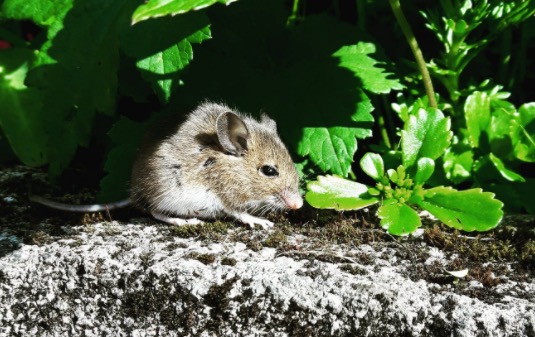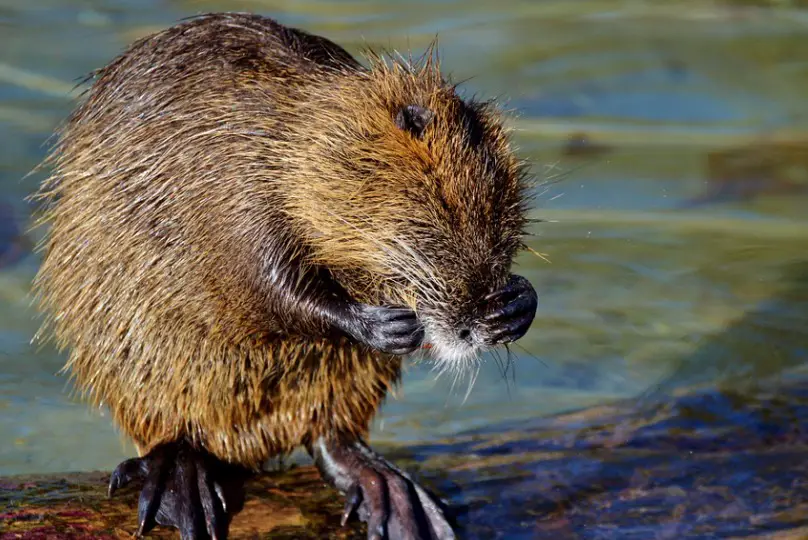Table of Contents
Pack Rat: All You Need To Know
A Pack rat is a generalist omnivore that belongs to the kingdom of Animalia, phylum Chordata, and class Mammalia. Its genus is Neotoma, and its species is Neotoma spp. Its length is up to 272 to 470 cm, and it weighs about 300 to 600 g. It lives in temperate forests, with a lifespan up to 3 years.

What is Pack Rat?
The term “pack rat” refers to all members of the Neotoma genus. They’re tiny rodents with long tails and rat-like characteristics. Almost 25 species and subspecies are known to exist in North America.

Pack Rat Description
Pack rats, sometimes known as wood rats, are usually 10.5-18.5 in (272-470 cm) long and weigh 10-21 oz (300-600 g). Despite not being rats like those of the genus Rattus etc., they have a rat-like appearance and are bigger than many mice with whom they share a close resemblance.
In most cases, they have a medium-sized body with brownish-grey fur. Many species have unique colour morphs, such as completely black, that can be used to identify subspecies. Pack rats have lengthy tails that are frequently coated with bushy hair.

Pack Rat Distribution
Pack rats may be found all throughout North America, but especially in the United States and northern Mexico. They are also often seen in western Canada, where their preferred habitat, woods and woodlands, are plentiful. Each species prefers a somewhat different environment, although the majority of them live in low-lying deserts to steep alpine forests over this broad range.
Twigs and other plant detritus are used to construct elaborate dens by pack rats. These usually have numerous nest chambers as well as food and trash storage caches. Typically, these dens are constructed in caves or rock crevices, but they will also occupy attics and house walls when human activity has encroached on their natural habitats.

Pack Rat Diet and Predators
The majority of pack rat species are omnivores, meaning they eat both plants and animals. Young plant shoots, twigs, and leaves, as well as the fruits and flowers of many plant species, are common dietary items. Pack rats eat insects as well, with some species eating enough arthropods to alter the nutritional profile of the soil around their shell middens.
Pack Rat Breeding
Pack rats reproduce in the spring, with females giving birth to tiny litters of 2-3 pups following a one-month gestation period. Mothers will use their intricate nests as a refuge for nursing their infants until they are weaned and ready to leave the nest four weeks later. Most people are sexually mature by the age of one year, and they survive for an average of three years.
Fun Facts About Pack Rat!
Pack rats are a large and diversified genus of animals with a wide range of life histories and behaviors to study.
Pack Rat is a Cliffhanger
The bushy-tailed woodrat, Neomata cinerea, is a common species of pack rat. It has a bushy, squirrel-like tail and is the biggest of the genus. This species likes cliff environments, which are commonly seen in boreal forests. They can take refuge amid the rocks, where only a few predators can get to them.
They are, nevertheless, well-known for their propensity of inhabiting abandoned houses, despite being the biggest species of pack rat. As a result, they’re a regular sighting in and around rarely used cabins and hunting shacks, and are more likely to be reported to others.
Pack Rat is the Environmental Engineer
Arthropods, a family of insects with strong calcareous shells, are known to be eaten by pack rats. After the prey has been devoured, these shells tend to be deposited in middens. Certain nutrients, such as nitrogen, have been shown to be greater in specific pack rat middens, according to research.
By generating microclimates inside the environment where the pack rats live, this increases biodiversity of other animal and plant species. Neotoma spp. have a significant influence on their surroundings in this way, earning them the moniker of keystone ecological engineers for their disproportionately beneficial impact.
Pack Rat is the Cactus Rat
Some pack rats, such as the white-throated wood (Neotoma albigula), which is found in Mexico and the southern United States, will live in cholla cactus. They move inside the bases of these prickly plants and utilise their spines as a protection against larger predators that can’t reach the rodent without being wounded by the desert plants’ harsh spines.
Instead, other species will construct elaborate nests around the bases. They will eat portions of these plants as well, making the cactus a practically self-contained dwelling — as long as they can claim and protect it as their own. Many other animals and birds, many of which are larger than a pack rat, use these cactuses as a safe haven.
Pack Rat Citations
- Oxalate metabolism in the pack rat, sand rat, hamster and white rat. J Nutr . 1967 Apr;91(4):496-502.
- Current animal models: cotton rat animal model. Curr Top Microbiol Immunol . 2009;330:89-110.







